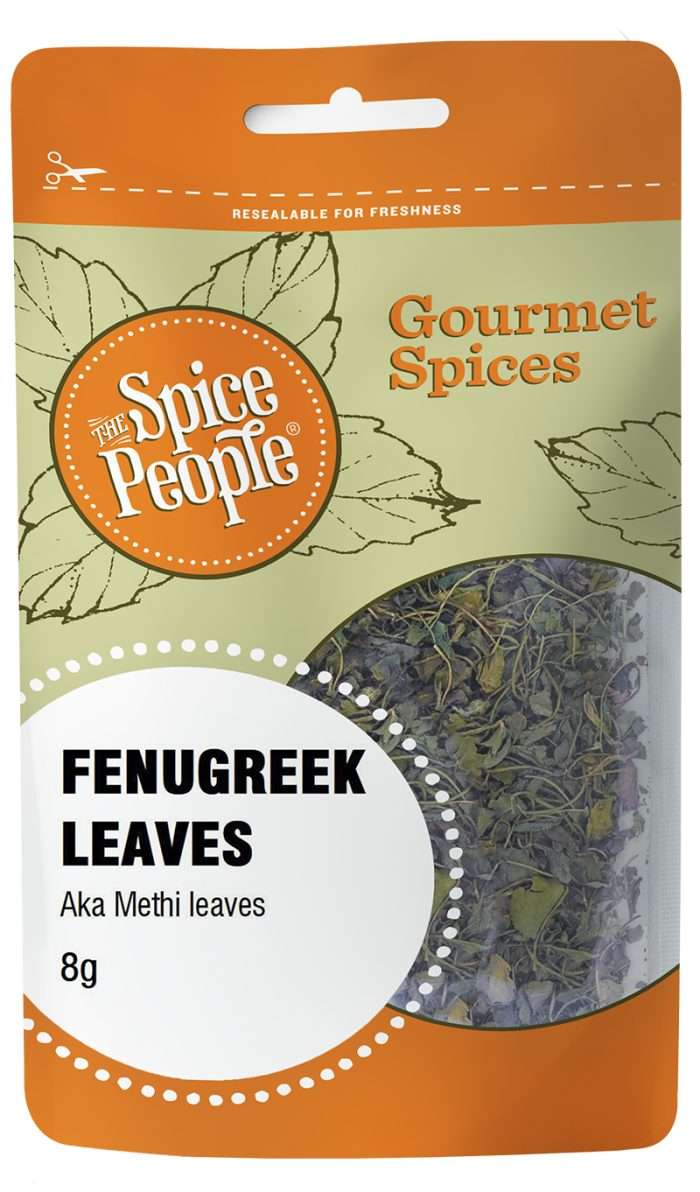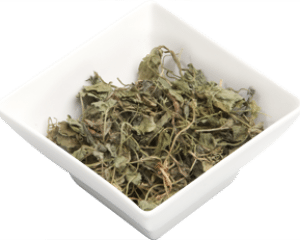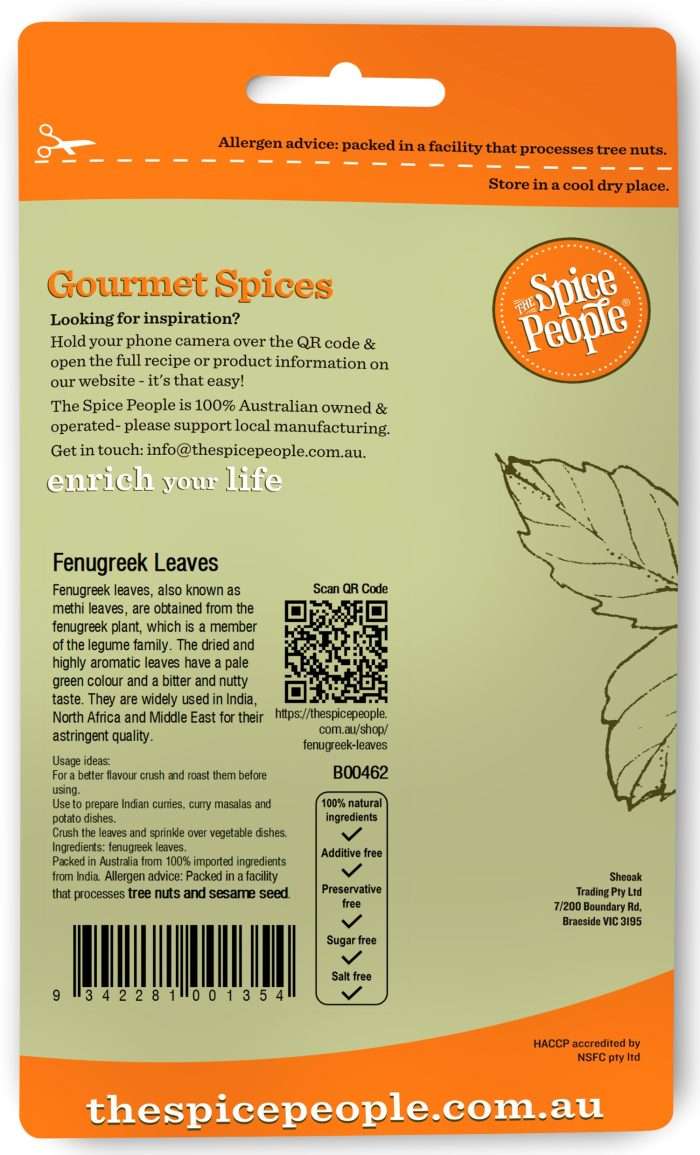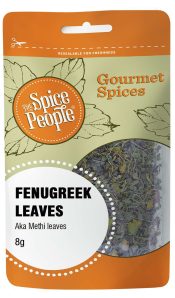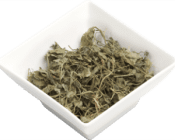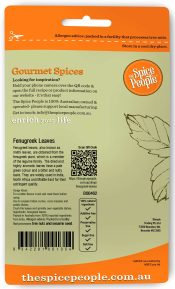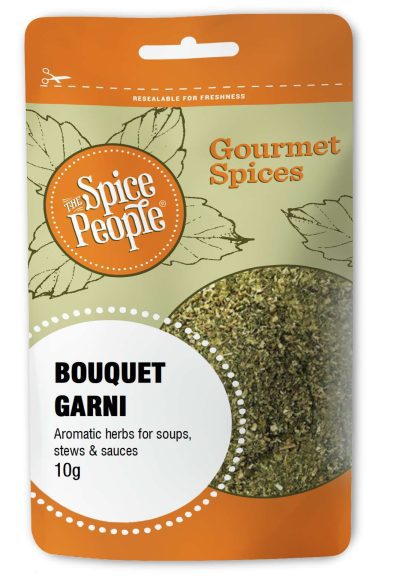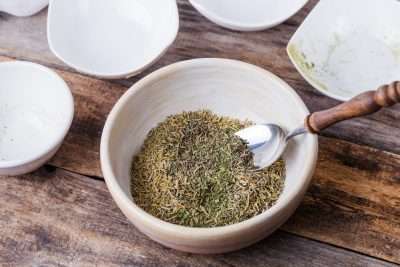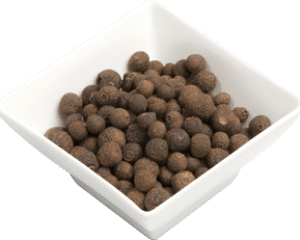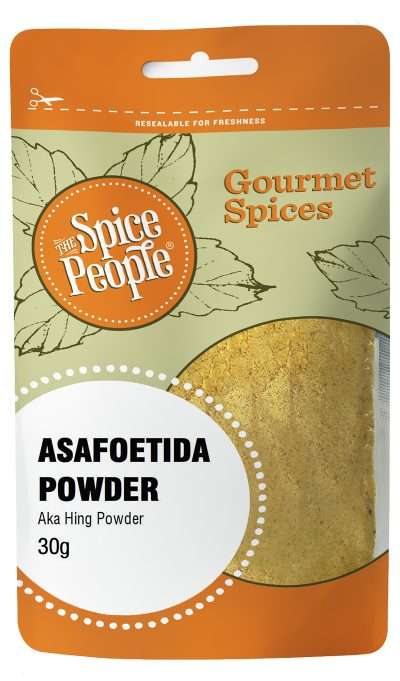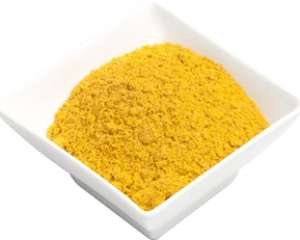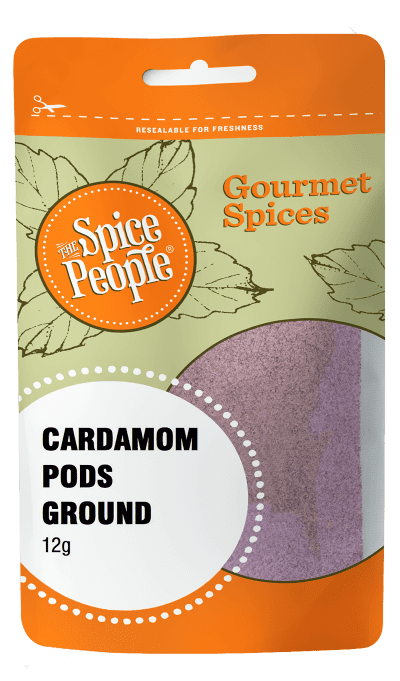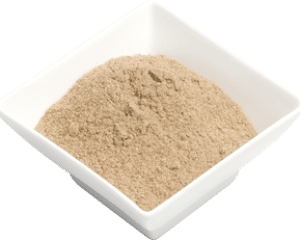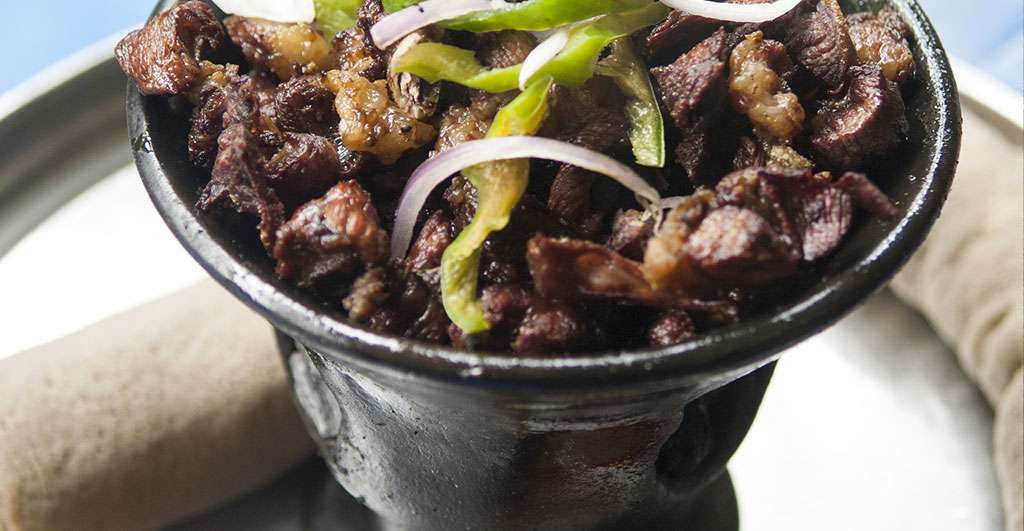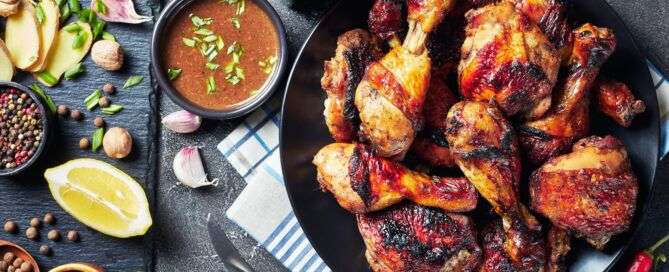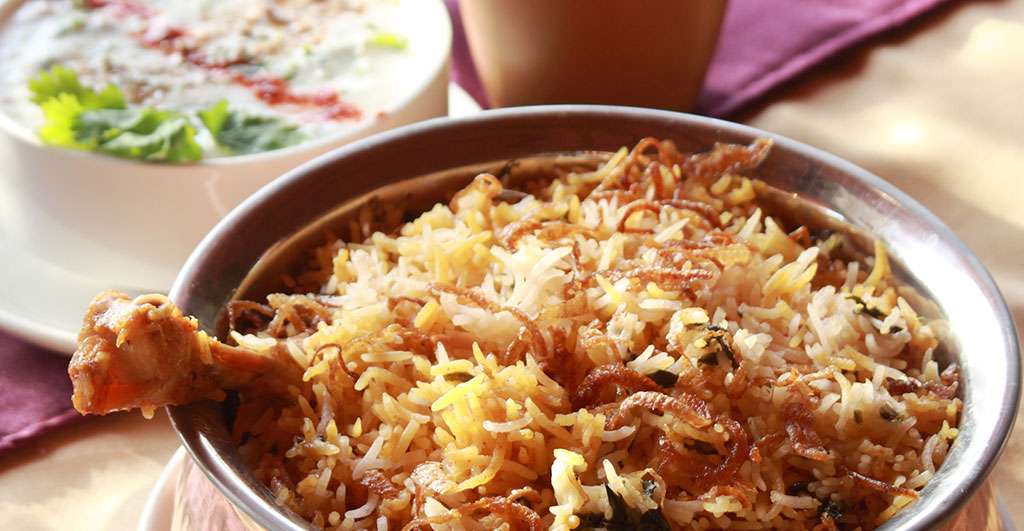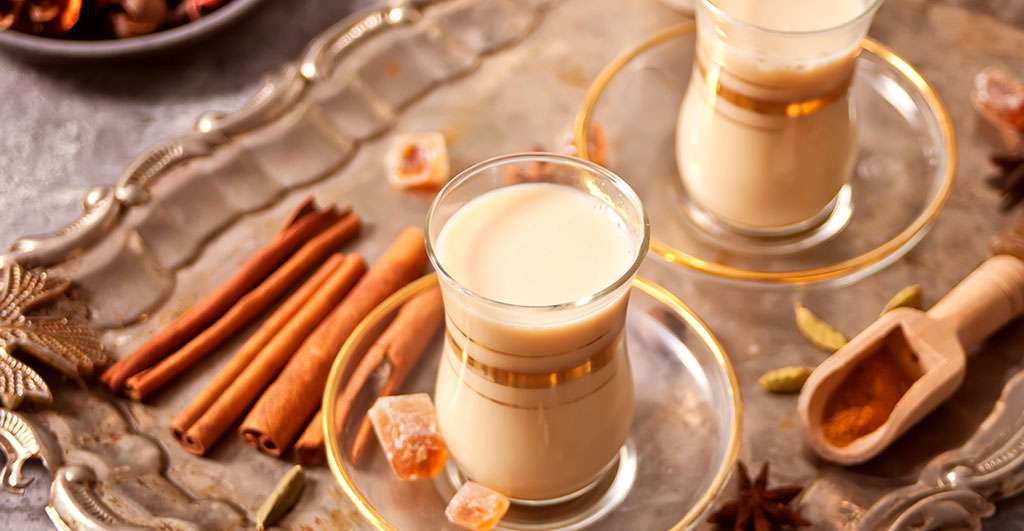Fenugreek Leaves – 8g
160 in stock
Product description
Fenugreek Leaves, also known as methi leaves, are obtained from the fenugreek plant, which is a member of the legume family. The dried and highly aromatic leaves have a pale green colour and a bitter and nutty taste. They are widely used in India, North Africa and Middle East. The spice people carry these fenugreek products; fenugreek seeds ground, fenugreek seeds whole and fenugreek leaves (methi).
Flavour Notes:
Also known as ‘methi’, Fenugreek Leaves have quite a bitter flavour when eaten alone, but when added to dishes like curries or stews, they impart a sweet, slightly nutty, maple-syrup-like flavour that’s reminiscent of burnt sugar.
Culinary Notes:
Add fenugreek leaves to add sweetness and depth of flavour to curries, soups, stews, roasted vegetables and more. Crush and add in to release their flavour or grind into a fine powder in a mortar and pestle before adding.
Health Benefits:
Fenugreek is rich in protein and fibre and has many health and medicinal properties. It has iron and potassium. It can help the cardiovascular system, blood pressure and reduce the risk of heart attack.
To learn more about Fenugreek Leaves (Kasuri Methi) check out our blog: What is Kasoori Methi or Dried Fenugreek Leaves?
Ingredients:
100% Dried Fenugreek Leaves
country of origin:
India
other names or spelling:
Methi, Bird’s Foot, Cow’s Horn, Greek Hayseed, Trigonella foenum-graecum, kasurimethi, kasuri methi
How to use



The Spice People FAQs





The Spice People FAQs


Other Spices you may like
Featured in






Join the Spice People to Get Started on Your Culinary Spice Journey!
Be the first to hear about our exclusive promotions, new product releases, recipes and more.
